I previously wrote four blog posts on the subject of power supplies. I will continue to write more.
- Must-Know Things for Guitarists to Remember about the Power Supply, Vol.1
- Must-Know Things for Guitarists to Remember about the Power Supply, Vol.2
- Must-Know Things for Guitarists to Remember about the Power Supply, Vol.3
- Must-Know Things for Guitarists to Remember about the Power Supply, Vol.4
In the last issue, I wrote the article, “Use a power supply with a current rating sufficiently higher than the maximum current consumption of the device!”
Now let’s look at the current consumption of an assortment of effect pedals!
Manufacturer’s Website (In Japanese)
“Current Draw 10mA”
Manufacturer’s Website (In Japanese)
“Current draw 10mA”
Manufacturer’s Website (In Japanese)
“Current Draw 8mA@9V”
In the last issue, I wrote that the BD-2 consumes 20mA, but generally, overdrive and distortion pedals consume around 5-20mA. Most distortion pedals that have been around for a long time are around this range.
Manufacturer’s Website (In Japanese)
“Current Draw 55mA”
Warm Audio / Centavo Overdrive
“Current Draw 40mA”
Centaur clones have a special power supply circuit, so the current draw is high.
I personally think that relatively recent distortion effect pedals consume a little more current than others. I think that the manufacturers are trying to differentiate their products from the existing standard overdrives by adding more circuits.
Next, let’s take a look at modulation pedals.
Manufacturer’s Website (In Japanese)
“Current Draw 25mA”
Manufacturer’s Website (In Japanese)
“Current Draw 50mA”
Manufacturer’s Website Manual
“Current Draw 8.2mA”
You can see that the current consumption is completely different for the same phaser. This is largely due to the fact that the PH-3 uses a digital IC while the Phase90 is a traditional analog circuit.
You can see that the analog circuitry consumes less current than the digital circuitry in the effect pedals. However, CE-2W is an analog circuit, but its power usage is rather large. I think most chorus effect pedals consume about 3-40mA even if it’s an analog circuit.
Next, let’s also look at reverb pedals.
Manufacturer’s Website (In Japanese)
“Current Draw 70mA”
Manufacturer’s Website (In Japanese)
“Current Draw 35mA”
TC Electronic / Flashback 2 Delay
“Current Draw 300mA”
Manufacturer’s Website (In Japanese)
“Current Draw 95mA”
TC Electronic / Skysurfer Reverb
Manufacturer’s Website Manual (In Japanese)
The current consumption is not listed, but it is listed as Power Input - connect a standard 9 V / >100 mA power supply, so it is probably in the 8-90 mA range.
As you can see, delay and reverb pedals consume quite a lot of electricity. Even with digital circuits, the more multifunctional they are, the greater the current consumption. Even models that can be used with batteries are basically designed to be used with an adapter.
There are many other effect pedals, but here is a list of some of the standard ones. It is not necessary to memorize detailed values, but if you look into various effect pedals, you will find that ”this type of effect pedal seems to have a high (or low) current consumption”. (However, the current consumption of the same type of effect pedal may be different. It may be a good idea to look into this when building your own pedalboard.
Power usage does not mean that the stated amount is always flowing at a constant rate, but varies with usage conditions such as input/output levels, and a larger current than the stated value may be required when the power is turned on. It is necessary to select a power supply with sufficient capacity.





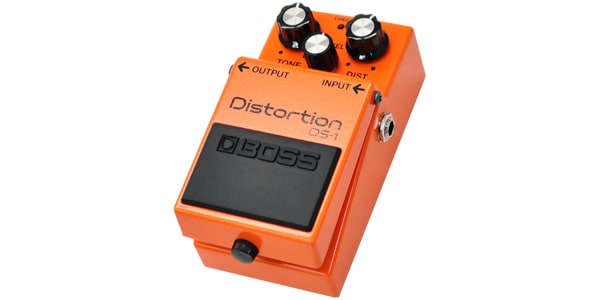
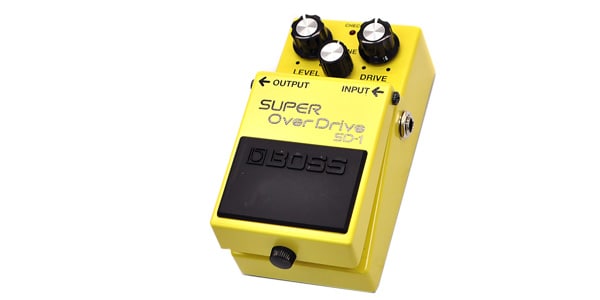
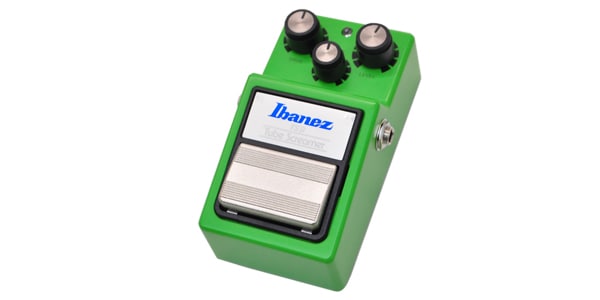
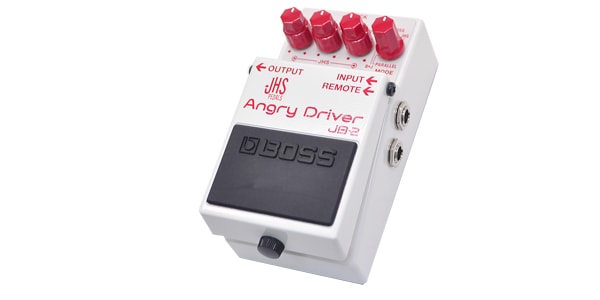
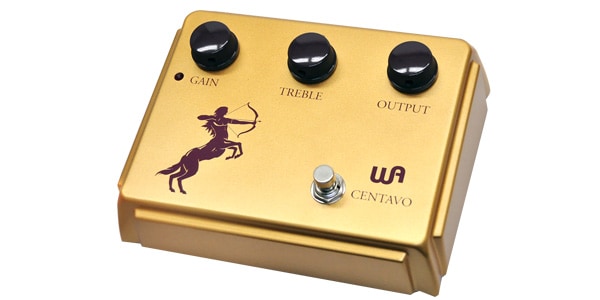
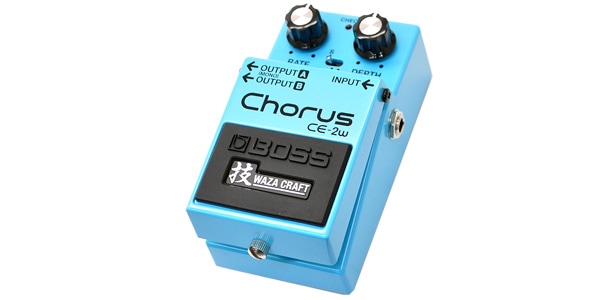
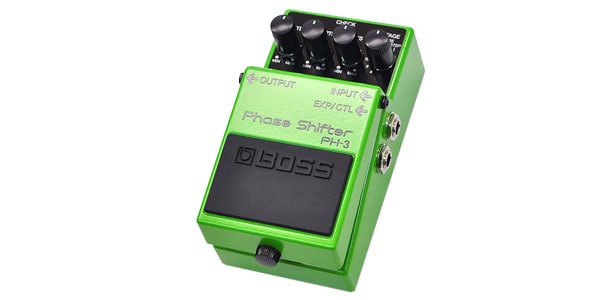
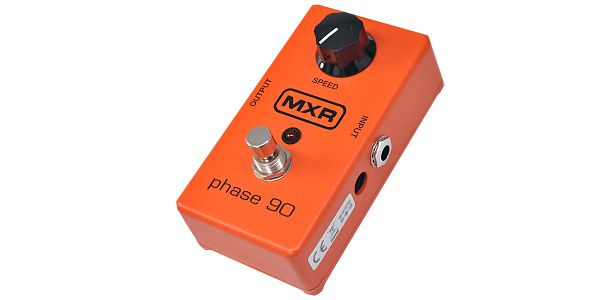
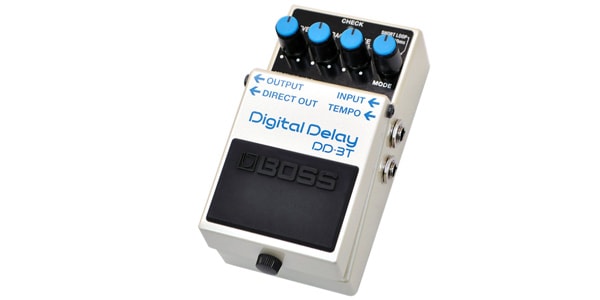
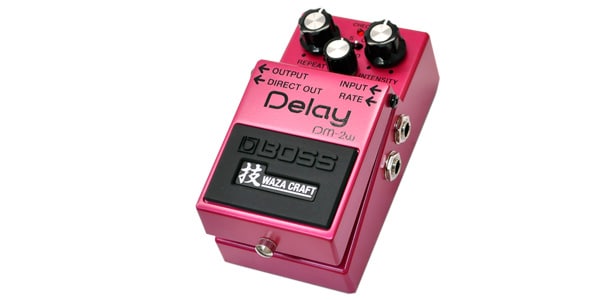
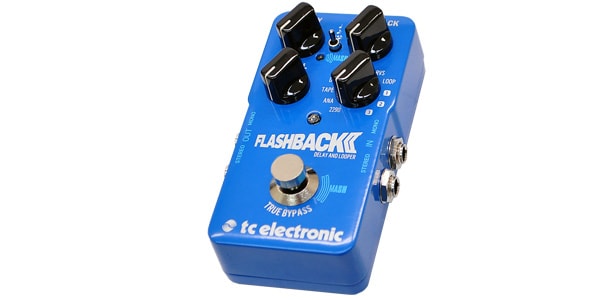
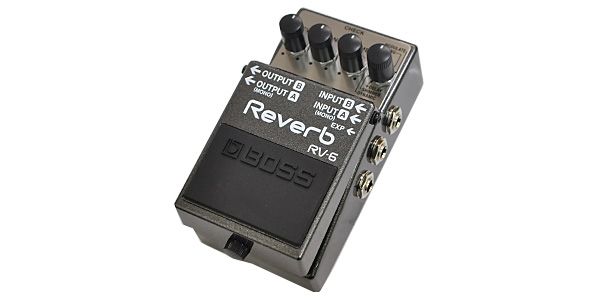
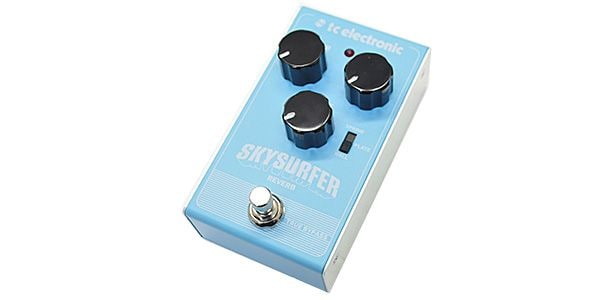






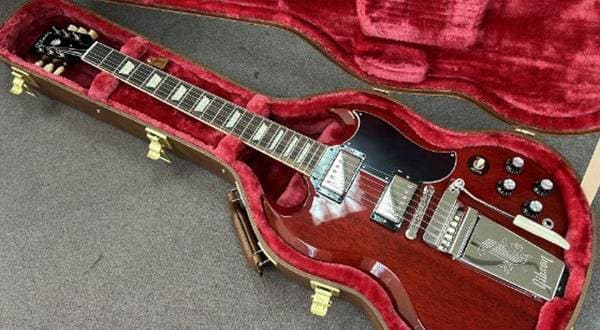
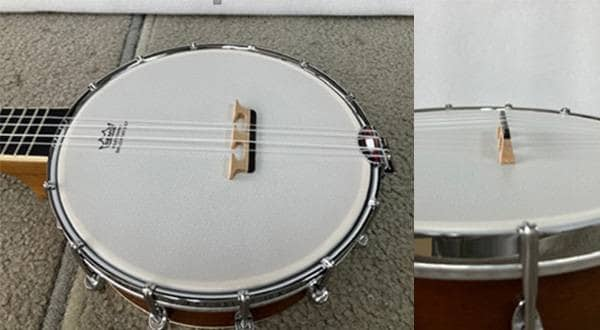

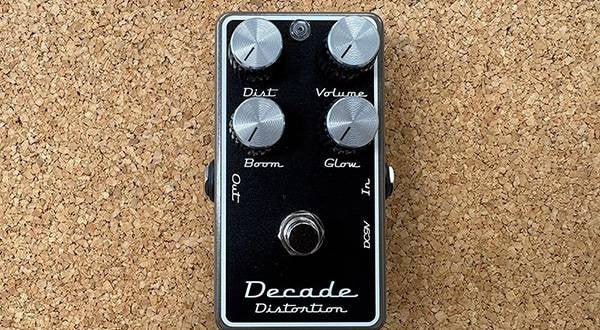
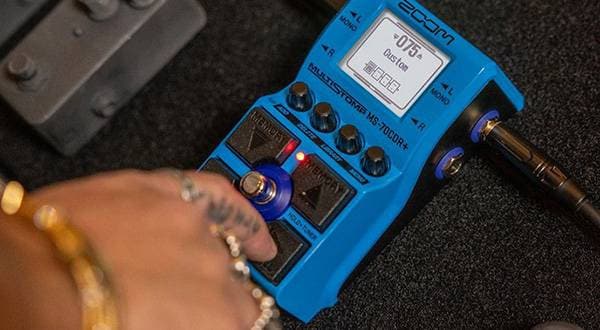
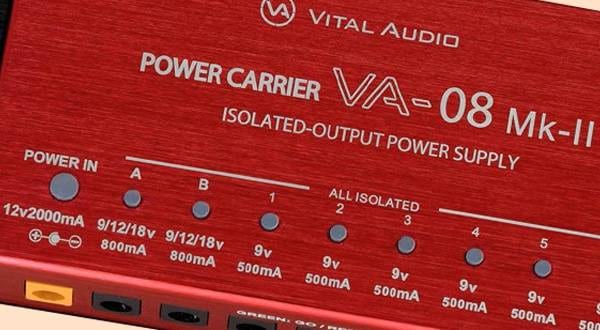
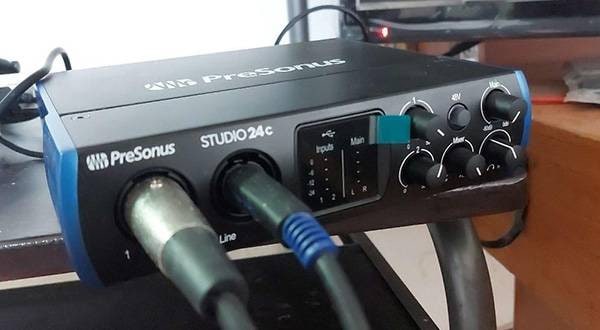
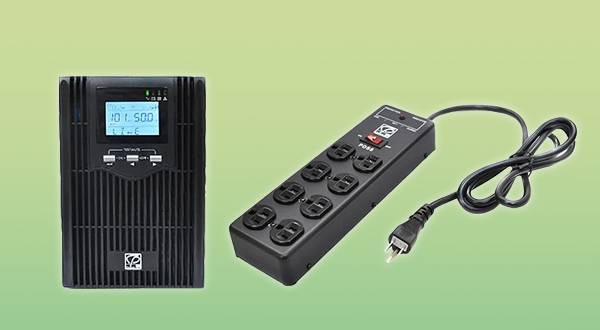
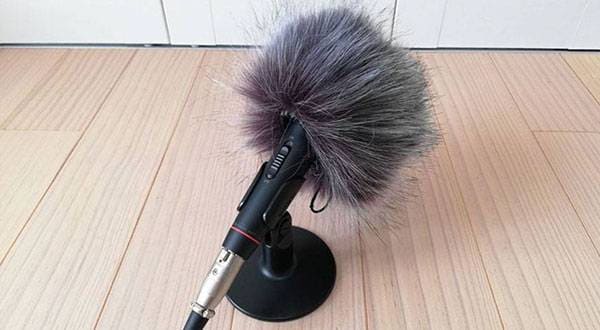
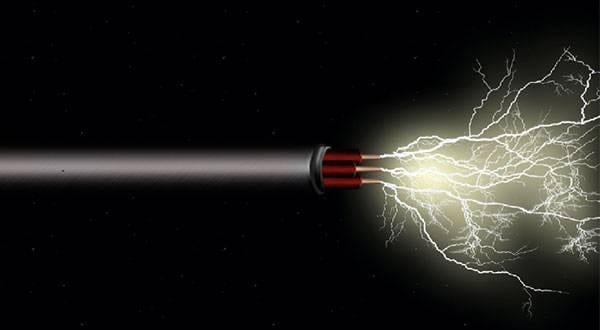
![[Beginner-Friendly] Part 6 - Pedalboard Gems: A Slightly Nerdy Effects Pedal Guide: Power Adapter Edition](/contents/uploads/thumbs/2/2019/9/20190906_2_7511_1.jpg)
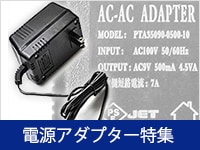 電源アダプター特集
電源アダプター特集
 あなたのエフェクターボード見せてください
あなたのエフェクターボード見せてください
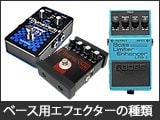 ベース用エフェクターの種類
ベース用エフェクターの種類
 エフェクターのつなぎ方
エフェクターのつなぎ方
 エフェクターの種類
エフェクターの種類
 ギタースタートガイド
ギタースタートガイド















